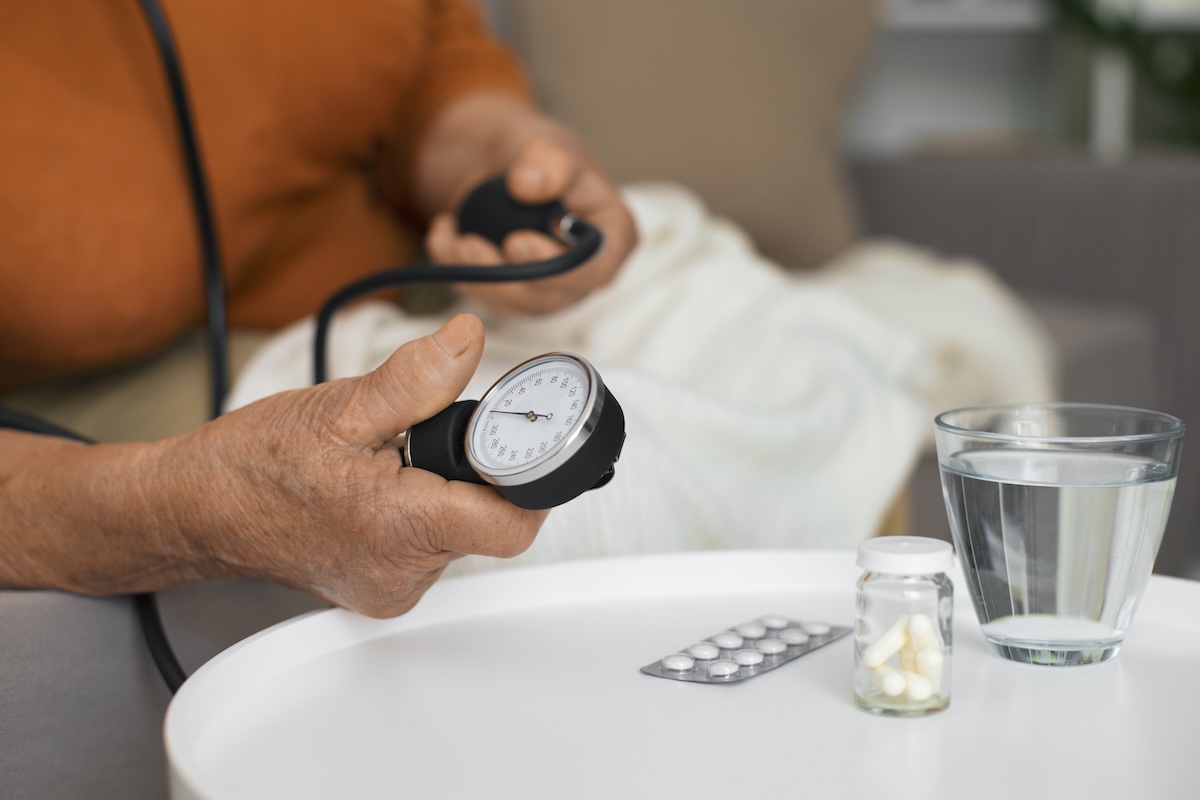When we talk about blood pressure, we often hear about the dangers of high numbers. But low blood pressure—also called hypotension—can be just as concerning, especially when it causes symptoms. While it’s often seen as a sign of good health, very low blood pressure can lead to dizziness, fainting, and in some cases, serious medical problems.

Blood pressure is the force of blood pushing against the walls of your arteries. It’s measured in two numbers: the top number (systolic) is the pressure when your heart beats, and the bottom number (diastolic) is the pressure when your heart rests between beats. Normal blood pressure is usually around 120/80 mmHg. When your numbers drop too low—generally below 90/60 mmHg—you may be diagnosed with low blood pressure.
For many people, low blood pressure isn’t dangerous and doesn’t cause symptoms. But in others, it can reduce the flow of oxygen and nutrients to important organs like the brain and heart. That’s why it’s important to understand what causes low blood pressure, what symptoms to look for, and how to treat it when needed.
What Causes Low Blood Pressure
Low blood pressure can happen for many reasons. In some people, it’s simply how their body works. They may naturally have lower numbers without any health problems. For others, it’s a sign that something isn’t right, especially if it happens suddenly or causes symptoms.
Dehydration is one of the most common causes. When you lose too much fluid—whether from not drinking enough water, having diarrhea or vomiting, or sweating a lot—your blood volume drops, and so does your blood pressure.
Other causes include heart problems like slow heart rate or heart failure, certain medications like those for high blood pressure or depression, and conditions that affect the nervous system. Hormonal imbalances and infections can also cause your pressure to fall.
In older adults, low blood pressure is more common, especially after eating or standing up too quickly. This happens because the body may not respond as quickly to changes in position or blood flow.
Different Types of Hypotension
There are several types of low blood pressure, and each one has its own cause and treatment.
Orthostatic hypotension (also called postural hypotension) happens when your blood pressure drops after standing up. You might feel dizzy or lightheaded, and in some cases, you could faint. It’s more common in older adults or people who take medication for high blood pressure.
Postprandial hypotension happens after eating a large meal. Blood flows to your digestive system to help with digestion, and this can lower your blood pressure in other parts of your body. It’s also more common in older adults.
Neurally mediated hypotension usually affects young people and occurs after standing for a long time or being in a hot environment. It can also happen during emotional stress. Signals between the brain and heart get mixed up, and the blood pressure drops suddenly.
Severe hypotension can happen during a medical emergency, such as an allergic reaction, severe infection (sepsis), or heavy blood loss. This type needs urgent care because it can quickly reduce blood flow to the organs and become life-threatening.
Symptoms of Low Blood Pressure
Not everyone with low blood pressure has symptoms. But when symptoms do appear, they’re usually a sign that your brain or other organs aren’t getting enough blood.
Common symptoms include:
-
Dizziness or lightheadedness
-
Blurred vision
-
Fainting
-
Fatigue
-
Trouble concentrating
-
Nausea
-
Cold, pale, or clammy skin
-
Rapid, shallow breathing
If these symptoms happen occasionally and go away quickly, they may not be serious. But if they keep coming back or get worse, it’s important to talk to your doctor. Fainting, in particular, is a red flag that should never be ignored.
How Doctors Diagnose Hypotension
To diagnose low blood pressure, your doctor will start by checking your blood pressure with a cuff. They may measure it while you’re lying down, sitting, and standing to see if it drops when you change positions.
They’ll also ask about your symptoms, medical history, and any medications you’re taking. In some cases, your doctor may order blood tests, an electrocardiogram (ECG), or an echocardiogram to check your heart and look for signs of infection, anemia, or hormone problems.
For people who experience symptoms while standing or after eating, a test called a tilt table test may be used. This test monitors how your blood pressure changes when you’re moved from lying down to standing up at different angles.
The goal of diagnosis is to find out what’s causing the low blood pressure so that treatment can be focused on the root problem.
Treatment Options for Low Blood Pressure
Treatment depends on the cause of your low blood pressure and how severe your symptoms are. If you don’t have any symptoms, you may not need treatment at all. But if you do have symptoms, your doctor may suggest a few different approaches.
If dehydration is the cause, drinking more fluids—especially water and drinks with electrolytes—can help. In some cases, increasing salt in your diet can raise blood pressure, but this should only be done under a doctor’s advice.
For people with orthostatic hypotension, standing up slowly, wearing compression stockings, or raising the head of the bed may prevent symptoms. Eating smaller, more frequent meals can help if your pressure drops after eating.
If a medication is causing the problem, your doctor may adjust the dose or switch to a different drug. In more serious cases, medications like fludrocortisone or midodrine may be prescribed to help raise your blood pressure.
Lifestyle changes such as regular exercise, staying hydrated, and avoiding alcohol can also help manage low blood pressure over time.
